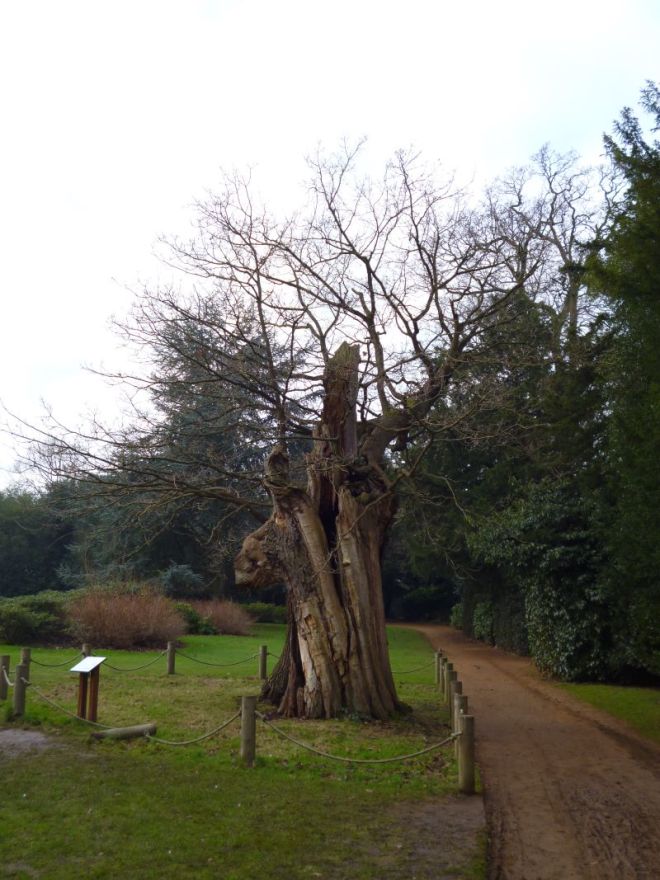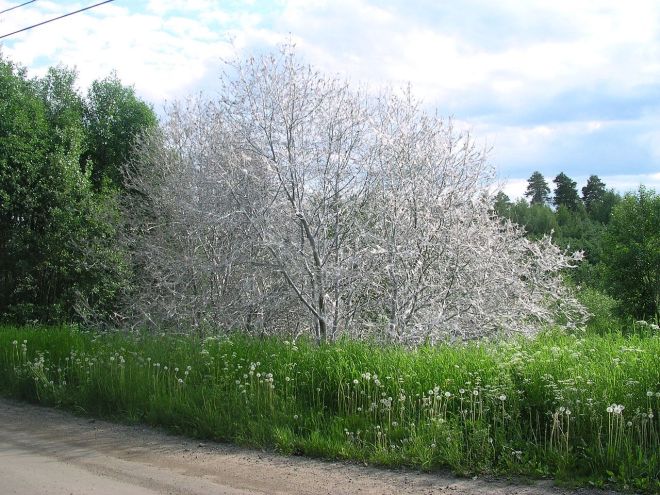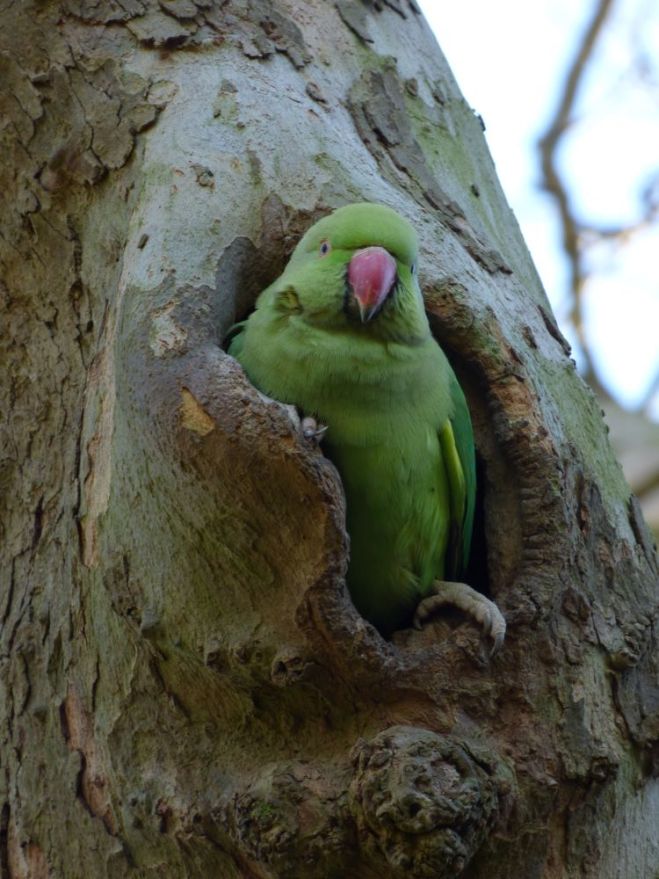Everything written here is supported by sources I have referenced (check for yourself), as always, so do not treat this as an assault on either side and / or their respective religions. This post is through the lens of the tree, so treat it as such. Moreover, the entire topic is very interesting.
As Israel collides with Palestine, trees are – and always have – been caught up in the melee. Principally, olive and citrus groves, some of which may have been tended to for many centuries by the Palestinians (Temper, 2009), are bulldozed or otherwise uprooted, with little respect for their cultural and historical importance (Allen, 2008; Graham, 2002). As an example, in 1986, when the Israeli military seized Midya, over 3,300 olive trees were uprooted, and a further 2,000 olives were bulldozed in Qattana (Bardenstein, 1999). Some of the trees removed from Qattana were later re-planted within the Jewish sector of West Jerusalem (Lentin, 2000), though by that point the damage (in many an aspect) had certainly been done. Some Israeli residents did protest their planting (out of anger towards the state), by tying ribbons to the trees that contained messages such as “Take me back to Qattana!” (Bardenstein, 1999), whilst others, across the entire conflict, have chained themselves to the olive trees in order to stop the bulldozers from uprooting them (Sfard, 2009), supported Palestinian farmers by helping them harvest from their olive trees and, at times, defending them in the process (Stephan, 2003), provided replacement olive tree for those uprooted (usually by settlers), or helped to retain olive trees within occupied territories for their symbolic meaning of peace (Braverman, 2009) – “extending the olive branch“, per se.

Below the surface level of removing ‘enemy’ trees, the removal of olive trees has a very political undertone. Olive trees have been held in very high regard by Palestinians for generations (and are regarded by some as holy trees), where they were farmed and thus supported viable economies (Braverman, 2009; Cohen, 1993), and their removal (or ‘capture’, by where groves were encompassed into the territory of Israel) by Israeli forces therefore can also be interpreted as an attack on Palestinian culture and custom (Bardenstein, 1999; Bowman, 2007; Braverman, 2009; Kershner, 2005) – notably when such acts are supported by the Court (Sfard, 2009). In some cases, it may even be Jewish settlers who vandalise or cut down the olive trees (Kershner, 2005), and even when the Israeli army have allowed the Palestinians to harvest their olive crops. In such instances, the Israeli army will generally not intervene (Pigni, 2010).
Such a political (and, to a marked degree, religious) act may be most pertinently discerned when the olive groves (or individual trees) are captured or destroyed during harvesting season, which has indeed occurred in some instances (Batniji et al., 2009). Moreover, the fact that many olive groves have been uprooted (comprising of tens of thousands of individual olive trees – in Qafeen alone, 12,600 olives were uprooted for this reason) for the construction of the Separation Barrier in the West Bank was also a cause of huge upset, for the Palestinians; particularly when their uprooting was coupled with justifications including to construct watchtowers, roads, checkpoints, and other security fences (all of which further hamper daily life and privacy), in addition to the use of the groves for sheltering armed Palestinians (Braverman, 2009). For those groves not uprooted, the Separation Barrier may instead have isolated Palestinian farmers from their olive trees, for much of the year. In Qafeen, over 100,000 olive trees suffered this isolated fate.

Whilst the capture and removal of Palestinian groves has been ongoing, Israel has also been afforesting barren regions of its territory – and for many decades. Spearheaded largely by the Jewish National Fund that was established in 1901 (and since 1961 has been Israel’s exclusive forestry agency), the afforestation program was, at its core, a religious, ecological, and territorial pursuit (Amir & Rechtman, 2006; Bardenstein, 1999; Braverman, 2009; De-Shalit, 1995; Ginsberg, 2000; Stemple, 1998; Tal, 2013), with pine species (including Pinus halepensis) being particular favourites (Osem et al., 2008; Weinstein-Evron & Galili, 1985). In recent decades, the emergence of numerous pests associated with the pine (such as Matsucoccus josephi) has however led to more diverse plantations, with other pine species (including Pinus brutia) and deciduous tree species being selected for use (Braverman, 2009).
In essence, a core reason for this afforestation is because Israel, in the ages gone by, was considered to be covered with forests (even up to the 11th century A.D., in places), though it is suggested that when the Jewish people were in exile those who occupied Israel (from around 722 B.C. – 1948 A.D.) destroyed many of these forests (due to arson, harvesting for fuel, overgrazing, sabotage, and warfare) and thus, upon the return of the Jewish people to Israel, in order to bring Israel back to its former character, forests were (and still are) planted upon the barren slopes (Stemple, 1998; Tal, 2012; Tal, 2013). Braverman (2009) states that the Jewish National Fund has planted over 200,000,000 trees across more than 225,000 acres of claimed land, since its inception. However, according to the Old Testament, in the book of Joshua, even Jewish peoples have been responsible for some of this historic clearance in their Promised Land (Tal, 2013), and for this reason the Jewish National Fund is seeking to restore Israel’s forests of ten thousand years ago – soon after the last glacial ice age. In fact, a great deal of planting, each year, is undertaken in the leading up to – and on the day of – Tu B’shvat (Bardstein, 1999; Zerubavel, 2000).

After the creation of the Jewish National Fund, though prior to its major afforestation practices towards the middle of the century, the British had, since 1918 (after they had seized southern Palestine), planted up many hundreds of thousands (if not many millions) of saplings (comprising of species including stone pine, tamarisk, terebinth, and oaks) on the hills of Israel (Tal, 2013), and before this (from 1860 onwards) the Turkish Ottoman Empire and settling German Templars had done much the same (Ginsberg, 2006; Liphschitz & Biger, 2004).
In this afforestation project, such planted areas are also oft designated as forest reserves and thereby protected by Israeli law, which Braverman (2009) dubs as “lawfare” against the Palestinians, whose land may have been afforested following seizure. This planting up of forest on occupied lands, of which a sizeable portion was planted over destroyed Palestinian villages in the years after 1948 (an act of camouflage, and for some allegedly the camouflage of war crimes), also makes the land very difficult to reclaim, as the reclaimers must first remove all of the trees (after gaining the permission to clear the perhaps protected forest); in this sense, Palestinians may never be able to occupy such land again, be it for living within or for cultivation. In some cases, Braverman (2009) writes, Palestinians have even retaliated against this afforestation by firing rockets into the planted pine forests or burning the pine forests through arson, with a desire much aligned to Israel’s uprooting of the olive trees (in a sense, a ‘tree for a tree’). In this respect the tree, and specifically the pine, is a tool of war, and thus represents the enemy as a solider would (Boerner, 2011; Braverman, 2008).
On a more philosophical level, the fact that the Jewish National Fund would plant a tree for each newborn from Jerusalem in Jerusalem’s artificially-borne Peace Forest, dedicate the specific tree to the child, and provide the individual with a certificate (including a photo of the tree) that remarks on how it is hoped the tree and child grow together, outlines the innate affinity (or interchangeability) man has with trees (Braverman, 2009); as is detailed before this blog post on earlier ones associated with trees and religion.
Furthermore, the populist and globally crowd-funded nature of a fair portion of the tree planting, supported via financial gifts (complete with material rewards, such as memorial stones) and the use of the ‘Blue Box’ (located in households, schools, and offices), sewed into the fabric of the afforestation project a very emotionally evocative and inclusive aspect to both children and adults of the Jewish faith, even if the donator was geographically separated from Israel (Bar-Gal, 2003; Braverman, 2009; Zerubavel, 2000). Perhaps, this ability for a Jewish person to fund the planting of a tree may dampen their feeling of loss for not living within the Promised Land; in place of their presence, they can fund the planting of a tree, which can be considered a “proxy immigrant” (Braverman, 2009). At a tangent, the returning of the landscape to forest is also important on a cultural level, because the forests were incredibly important for the Jewish peoples’ ancestors; often would children be named after trees, and even Israel itself was sometimes compared to a tree (Zerubavel, 2000; Zerubavel, 2005).
References
Allen, L. (2008) Getting by the occupation: How violence became normal during the Second Palestinian Intifada. Cultural Anthropology. 23 (3). p453-487.
Amir, S. & Rechtman, O. (2006) The development of forest policy in Israel in the 20th century: implications for the future. Forest Policy and Economics. 8 (1). p35-51.
Bar-Gal, Y. (2003) Propaganda and Zionist Education: The Jewish National Fund, 1924-1947. USA: University of Rochester Press.
Bardenstein, C. (1999) Trees, forests, and the shaping of Palestinian and Israeli collective memory. In Bal, M., Crewe, J., & Spitzer, L. (eds.) Acts of Memory: Cultural Recall in the Present. USA: University Press of New England.
Batniji, R., Rabaia, Y., Nguyen–Gillham, V., Giacaman, R., Sarraj, E., Punamaki, R., Saab, H., & Boyce, W. (2009) Health as human security in the occupied Palestinian territory. The Lancet. 373 (9669). p1133-1143.
Boerner, R. (2011) Trees as soldiers in a landscape war. Landscape Ecology. 26 (6). p893-894.
Bowman, G. (2007) Israel’s wall and the logic of encystation: Sovereign exception or wild sovereignty?. Focaal. 50 (1). p127-135.
Braverman, I. (2008) “The Tree Is the Enemy Soldier”: A Sociolegal Making of War Landscapes in the Occupied West Bank. Law & Society Review. 42 (3). p449-482.
Braverman, I. (2009) Planted Flags: Trees, Land, and Law in Israel/Palestine. USA: Cambridge University Press.
Cohen, S. (1993) The politics of planting: Israeli-Palestinian competition for control of land in the Jerusalem periphery. USA: University of Chicago Press.
De‐Shalit, A. (1995) From the political to the objective: the dialectics of Zionism and the environment. Environmental Politics. 4 (1). p70-87.
Ginsberg, P. (2000) Afforestation in Israel: a source of social goods and services. Journal of Forestry. 98 (3). p32-36.
Ginsberg, P. (2006) Restoring biodiversity to pine afforestations in Israel. Journal for Nature Conservation. 14 (3). p207-216.
Graham, S. (2002) Bulldozers and bombs: the latest Palestinian–Israeli conflict as asymmetric urbicide. Antipode. 34 (4). p642-649.
Kershner, I. (2005) Barrier: the seam of the Israeli-Palestinian conflict. USA: Palgrave Macmillan.
Lentin, R. (2000) Israel and the Daughters of the Shoah: Reoccupying the Territories of Silence. USA: Berghahn Books.
Liphschitz, N. & Biger, G. (2004) Green Dress for a Country – Afforestation in Eretz Israel: The first hundred years 1850-1950. Israel: KKL.
Osem, Y., Ginsberg, P., Tauber, I., Atzmon, N., & Perevolotsky, A. (2008) Sustainable management of Mediterranean planted coniferous forests: an Israeli definition. Journal of Forestry. 106 (1). p38-46.
Pigni, A. (2010) A first-person account of using mindfulness as a therapeutic tool in the Palestinian Territories. Journal of Child and Family Studies. 19 (2). p152-156.
Sfard, M. (2009) The Price of Internal Legal Opposition to Human Rights Abuses. Journal of Human Rights Practice. 1 (1). p37-50.
Stemple, J. (1998) Viewpoint: a brief review of afforestation efforts in Israel. Rangelands. 20 (2). p15-18.
Stephan, M. (2003) People power in the Holy Land: How popular nonviolent struggle can transform the Israeli-Palestinian conflict. Journal of Public and International Affairs. 14 (Spring). p164-183.
Tal, A. (2012) Israel’s New Bible of Forestry and the Pursuit of Sustainable Dryland Afforestation. Geography Research Forum. 32 (1). p149-167.
Tal, A. (2013) All the Trees of the Forest: Israel’s Woodlands from the Bible to the Present. USA: Yale University Press.
Temper, L. (2009) Creating facts on the ground: Agriculture in Israel and Palestine (1882-2000). Historia Agraria. 48 (1). p75-110.
Weinstein-Evron, M. & Galili, E. (1985) Prehistory and paleoenvironments of submerged sites along the Carmel coast of Israel. Paleorient. 11 (1). p37-52.
Zerubavel, Y. (2000) The Forests as a National Icon: Literature, Politics, and the Archeology of Memory. In Elon, A., Hyman, N., & Waskow, A. (eds.) Trees, Earth, and Torah: A Tu B’Shvat Anthology. USA: The Jewish Publication Society.
Zerubavel, Y. (2005) The forest as a national icon: literature, politics, and the archaeology of memory. Israel Studies. 1 (1). p60-99.

































































